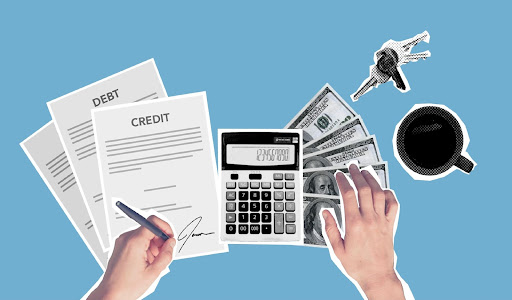Business Loans: How to Record them Accurately
 Securing a business loan can be an exciting step in the growth of your business. But did you know that loans typically require a specific process to be properly recorded in your accounting system? Not to worry; your loan statement will provide the information needed by your accountant to get the loan booked properly.
Securing a business loan can be an exciting step in the growth of your business. But did you know that loans typically require a specific process to be properly recorded in your accounting system? Not to worry; your loan statement will provide the information needed by your accountant to get the loan booked properly.
To start, you’ll need to locate the following pieces of information about your loan:
- Total amount borrowed
- Date of loan
- Date of the first payment
- Payment amount
- Term of loan
- Number of payments
- Interest rate
The full amount of your loan should be recorded as a liability on your business’s balance sheet. The offset is either an increase to cash or the recording of new assets like a car, truck, or building.
Each payment you make contains two components: interest and principal. Interest is an expense and is recorded in the Other Expenses section of your profit and loss statement. It will reduce your profit. Principal is the amount you pay toward paying off the loan. It reduces the liability account where the loan is recorded. While Principal does not affect your profit, it does improve your liquidity with each payment you make.
The interest and principal amounts won’t be the same for each payment. Earlier loan payments consist of higher interest and lower principal amounts. As you reach the end of paying off your loan, the interest portion becomes smaller and the principal larger. An amortization schedule shows you the exact amount of interest and principal for each payment. You or your accountant can create a loan amortization schedule in Excel.
Each time you make a payment, cash is reduced for the entire payment amount. The offset is split between interest expense and your loan liability, using the amounts in the amortization schedule. When you code your loan payment, you can use the amortization schedule to get the correct amounts for both of those accounts.
In a simple service business with no assets except cash, your cash balance can mimic your profit level. However, when you introduce loans and new, non-cash assets with depreciation expenses, that won’t be the case. You might wonder why you have no cash and more profits, or vice versa. This is why it’s a good idea to understand how these transactions affect your Balance Sheet and Income Statement as well as your business’s overall financial health.
At year-end, your accountant can make correcting entries if needed between the loan balance and interest expense.
If you failed to make payments or made them late, your accountant can make those allocations as well using manual journal entries.
Often, when you get a loan, you’re also acquiring some type of asset, such as a car or land and building. This asset should be recorded on your books correctly as well. You should have some type of closing statement or purchase contract that has the details for your accountant. Your Accountant will also compute and record the correct amount of depreciation for the asset type.
Your accountant can speak with you in more detail about your specific situation and better explain the interplay between cash and profits. We use the Statement of Cash Flows to reconcile profits to cash. Want to learn more about that financial report? Reach out to New Business Directions.
 New Business Direction LLC
New Business Direction LLC